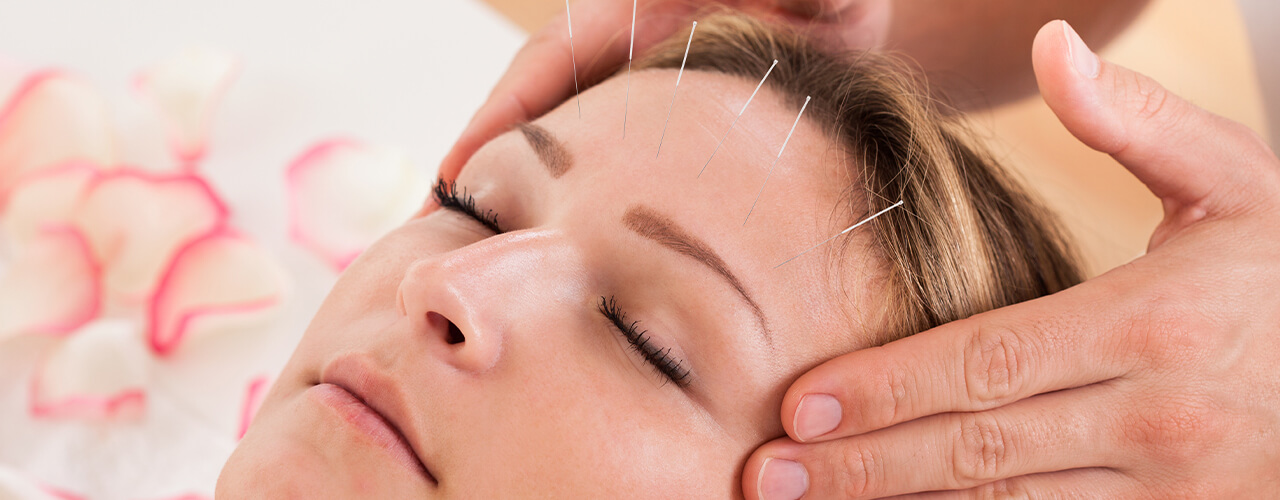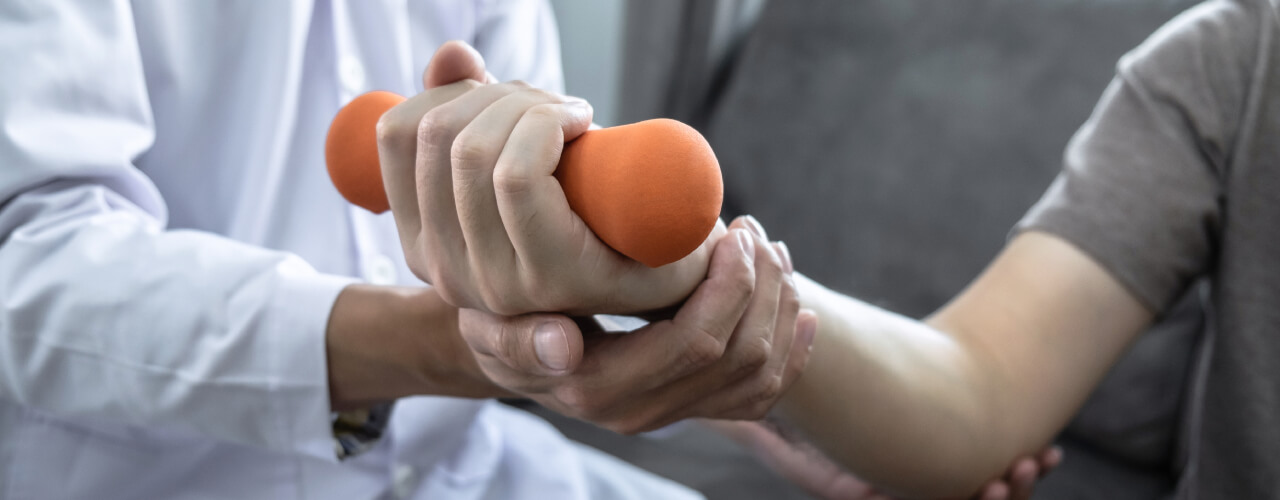Acupuncture
Acupuncture is one of the oldest forms of physical therapy, and it is still widely practiced today. Once a form of Eastern medicine that was unique to physicians who specialized in Asian medicinal practices, acupuncture has grown greatly in popularity, especially over the past century, and has been recognized within Western medical research as being a highly effective tool for supporting injury recovery, mobility issues, and in treating chronic pain.
One highly effective use for acupuncture is the treatment of muscle tension. There are many reasons as to why muscle tension may become a personal health issue. In some situations, muscle tension will develop after extreme bouts of emotional stress, but other causes are more physical in nature. A sports injury or a car accident can cause a muscle to become tense, especially following a larger injury. Other times, repeated motions can cause muscle tension to develop. This includes regular lifting, typing, and other household tasks.
While an especially common complaint in the lower back and neck, muscle tension can develop anywhere. Too many people attempt to turn to medicinal pain management to ease tension in the muscles, but this is not a long-term solution, and many pain management medications have unpleasant side effects that make taking them long-term unwise or even impossible.
Muscle tightness is something of a vicious cycle. It both causes pain on its own, and further results in other parts of the body tensing up in anticipation of that pain. Many patients find acupuncture helpful for both decreasing pain and relaxing the body overall. Working with a physical therapist to address muscle tension is the most effective way to take long-term action in overcoming this concern.
Understanding Acupuncture
Perhaps because it has ancient roots in Eastern medicine, acupuncture is often looked at as a quasi-science, with semi-majestic connotations that question the authority and effectiveness of the treatment method. Acupuncture uses targeted puncturing to release tension in the body. While this is sometimes done with large needles, it can also be completed with small pins, pressurized balls, and even cups.
Acupuncturists use needles or other tools to gently apply pressure both at the place of stiffness, and at distant parts of the body that control different pathways to healing — such as to the glandular system. Using the glandular system and knowledge of the pathways of inflammation, acupuncturists target the entire bodily system, alleviating tension everywhere to help decrease pain and increase quality of life.
Acupuncture works by stimulating natural pain-relieving chemicals in the body, including a combination of endorphins and neurotransmitters. The release of these chemicals triggers the pain receptors in the brain to experience less pain. Then, by stimulating blood flow to the area experiencing muscle tension, acupuncture also helps to heal that area of the body as increased circulation in an injured area naturally speeds recovery.
By releasing natural painkillers in the body, acupuncture needles help short-circuit the loop of pain, and stiffness from anticipating pain. This works in the following ways:
- Endorphin release. Endorphins are happy chemicals that are naturally released by the body. They are typically released during physical activity, especially during cardio activities, and are the reason behind what is often referred to as “runner’s high,” the euphoric-like experience that people get when running long distances. Acupuncture will also stimulate the release of these mood-boosting and pain-suppressing opioid neuropeptides. When your nervous system releases endorphins you automatically begin to experience less pain, and this can help alleviate pain from muscle tension, too. Just as importantly, the areas that were “taking up” the slack by working harder to support the original source of stiffness will also be relaxed.
- Neurohormone production. In addition to endorphins, another way to alleviate pain naturally is by stimulating neurotransmitter and hormone production. These chemicals are directly related to your mood and perception of different environmental factors, and could be the reason why you handle stress differently one day to the next. The stimulation of neurohormone production puts your body in a better situation to handle muscle tension more effectively. Substances like dopamine are released by your body’s glandular system through strategic placement of acupuncture needles. The needles stimulate the glands so that their secretion is regulated in a more pain-suppressing manner. Dopamine also plays a role in relieving muscular and emotional tension, further enhancing the effects of the acupuncture treatment.
Another common cause of muscle tension is the development of muscle adhesion. Essentially, this happens when over a prolonged period of time, a buildup of scar tissue develops on the connective tissue that joins nerves and muscles. These adhesions often cause a general stiffening up of the affected muscle groups, because they become fused to one another. (In addition, other muscle groups that rush in to support the failing ones also become overworked.)
A skillful acupuncturist will be able to identify these adhesions and target them with strategic placement of acupuncture needles. If after treatment some muscles are relaxing and others aren’t — This could signify adhesions on the connective tissue. Applying needles directly to that area helps dissolve these buildups by improving blood circulation and healing endorphins.
Acupuncture is an effective method for alleviating chronic pain that results from muscle tension, but it is not something that can be practiced at home or without a licensed and experienced acupuncturist. Contact Us today at Chicago, IL Center for a consultation and to find out how this form of treatment may be able to support your optimal wellbeing.



